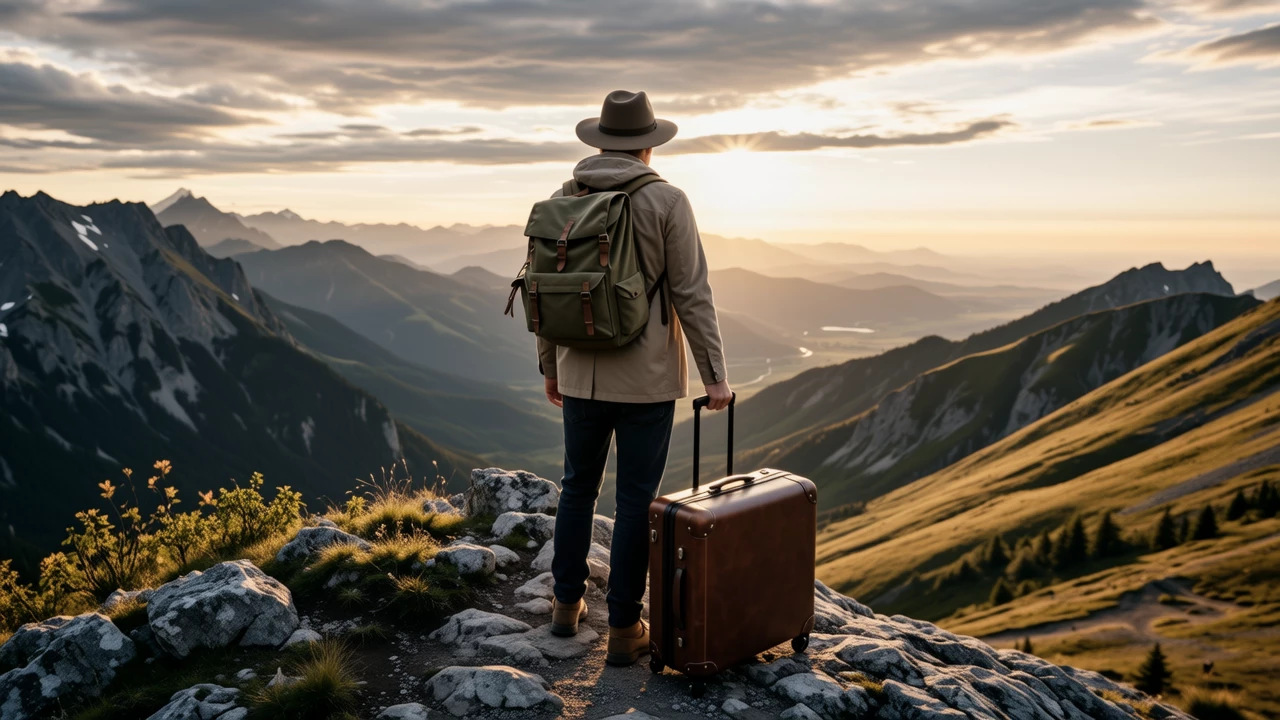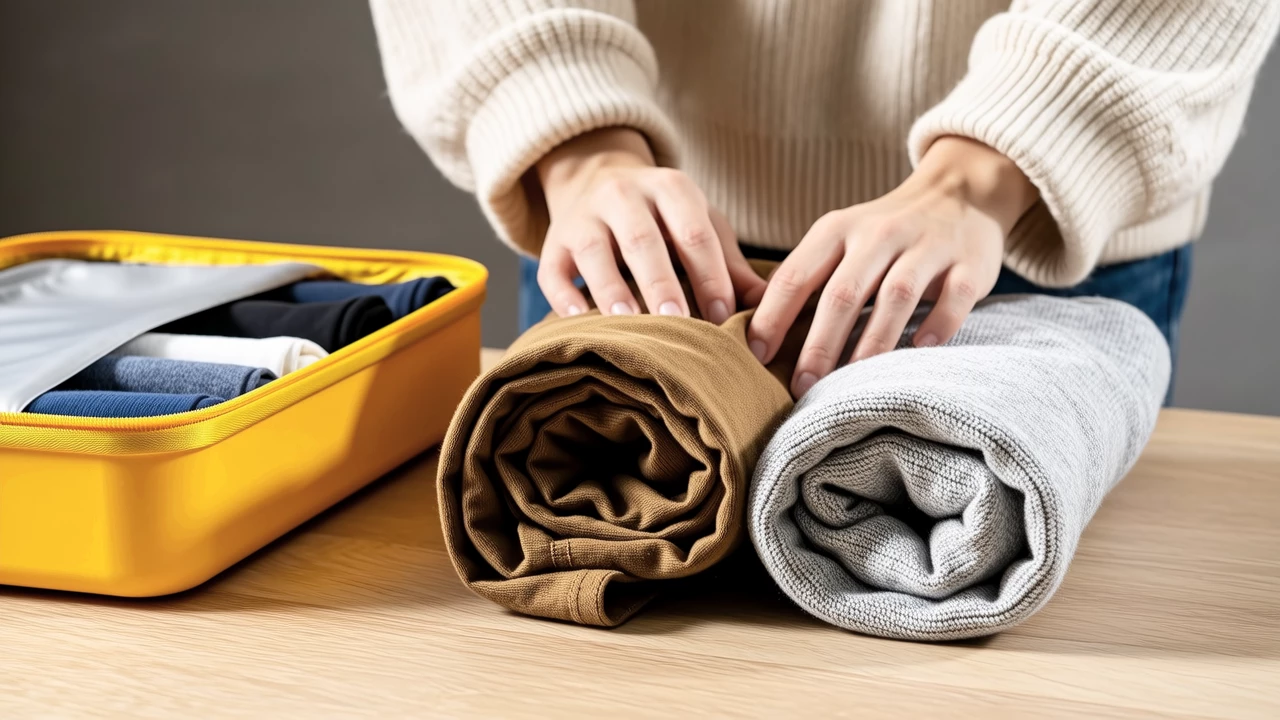Packing for a trip can often feel overwhelming, especially if you’re aiming to travel light. The idea of carrying only the essentials might seem daunting at first, but with the right strategies, it can transform your travel experience. Light packing not only saves you from lugging around heavy bags but also reduces stress, gives you more flexibility, and can even save you money on baggage fees. Whether you’re heading out for a weekend getaway or a months-long adventure, mastering the art of packing light is a skill worth cultivating. In this blog post, I’ll share practical tips and insights to help you pack efficiently and enjoy your journeys with ease.
The foundation of light packing lies in adopting a minimalist mindset. Before you even start putting items into your suitcase, take a moment to reflect on your trip’s purpose and duration. Ask yourself questions like: What activities will I be doing? What’s the weather forecast? How often will I have access to laundry facilities? By answering these, you can avoid overpacking and focus on what you truly need. Remember, the goal is to carry items that serve multiple purposes and can be mixed and matched easily. This approach not only lightens your load but also simplifies your daily routine while traveling.

One of the most effective ways to pack light is to create a capsule wardrobe. This means selecting a limited number of clothing items that all coordinate well together. For example, choose neutral colors like black, white, gray, or navy that can be paired in various combinations. Here’s a basic list to get you started:
- 2-3 tops (e.g., a t-shirt, a blouse, and a long-sleeve shirt)
- 1-2 bottoms (e.g., jeans or trousers and a skirt)
- 1 outer layer (e.g., a light jacket or cardigan)
- 1 dress or outfit for special occasions (if needed)
- Underwear and socks for the trip duration, but consider quick-dry materials if you’ll be washing them
- 1 pair of comfortable walking shoes and perhaps a pair of flip-flops or sandals
By sticking to a capsule wardrobe, you can create numerous outfits without carrying excess baggage. Additionally, opt for fabrics that are lightweight, wrinkle-resistant, and easy to wash, such as merino wool, polyester blends, or cotton. These materials dry quickly and are versatile for different climates.
When it comes to packing your clothes, the method you use can make a significant difference in saving space. Instead of folding clothes flat, try rolling them. Rolling not only reduces wrinkles but also allows you to fit more into your luggage. Another technique is to use packing cubes or compression bags. These organizers help compartmentalize your items and squeeze out extra air, maximizing space. Here’s a simple step-by-step for rolling clothes:
- Lay the item flat and smooth out any wrinkles.
- Fold it in half lengthwise if necessary.
- Roll tightly from one end to the other.
- Place rolled items vertically in your bag to prevent shifting.
This method is particularly useful for t-shirts, pants, and even dresses. For bulkier items like jackets, consider wearing them on the plane or train to free up space in your bag.

Beyond clothing, it’s essential to pack smart with toiletries and accessories. To avoid carrying full-sized products, invest in travel-sized containers or reusable silicone bottles for liquids like shampoo, conditioner, and lotion. Many brands also offer solid versions of products, such as shampoo bars or toothpaste tablets, which are lightweight and TSA-friendly. Make a list of your daily essentials and pare it down to the basics. For example:
- Toothbrush, toothpaste, and dental floss
- A small deodorant
- Sunscreen and lip balm
- A minimal makeup kit (if you wear makeup)
- A quick-dry towel or microfiber cloth
- Any medications in their original containers
Remember, most hotels and accommodations provide basic toiletries, so you might not need to bring everything. Additionally, consider multi-use products like a tinted moisturizer that combines sunscreen and foundation, or a lipstick that doubles as blush.
Electronics are another area where people tend to overpack. While it’s tempting to bring all your gadgets, think about what you’ll actually use. A smartphone can often replace a camera, tablet, and even a book if you use e-reader